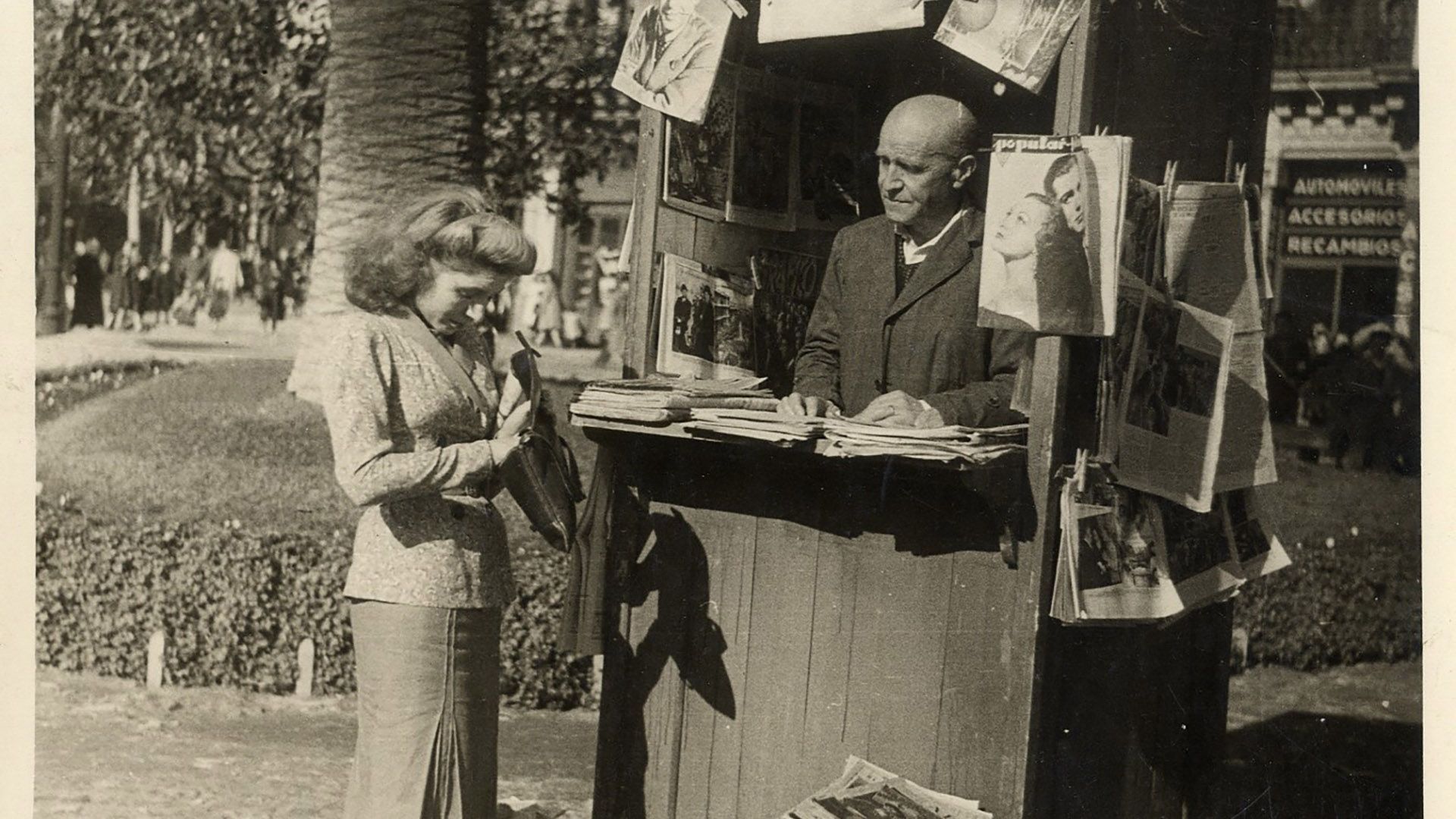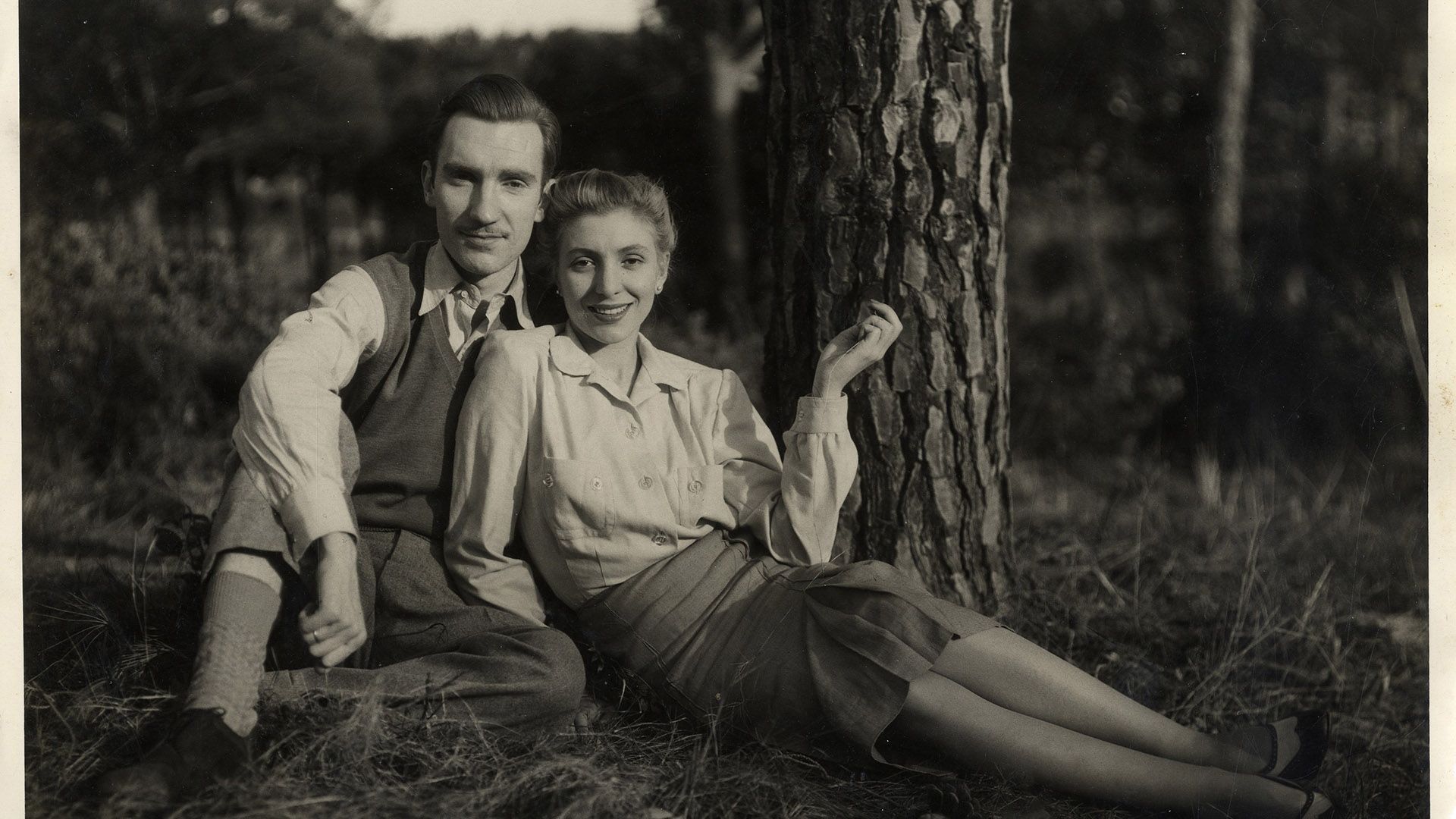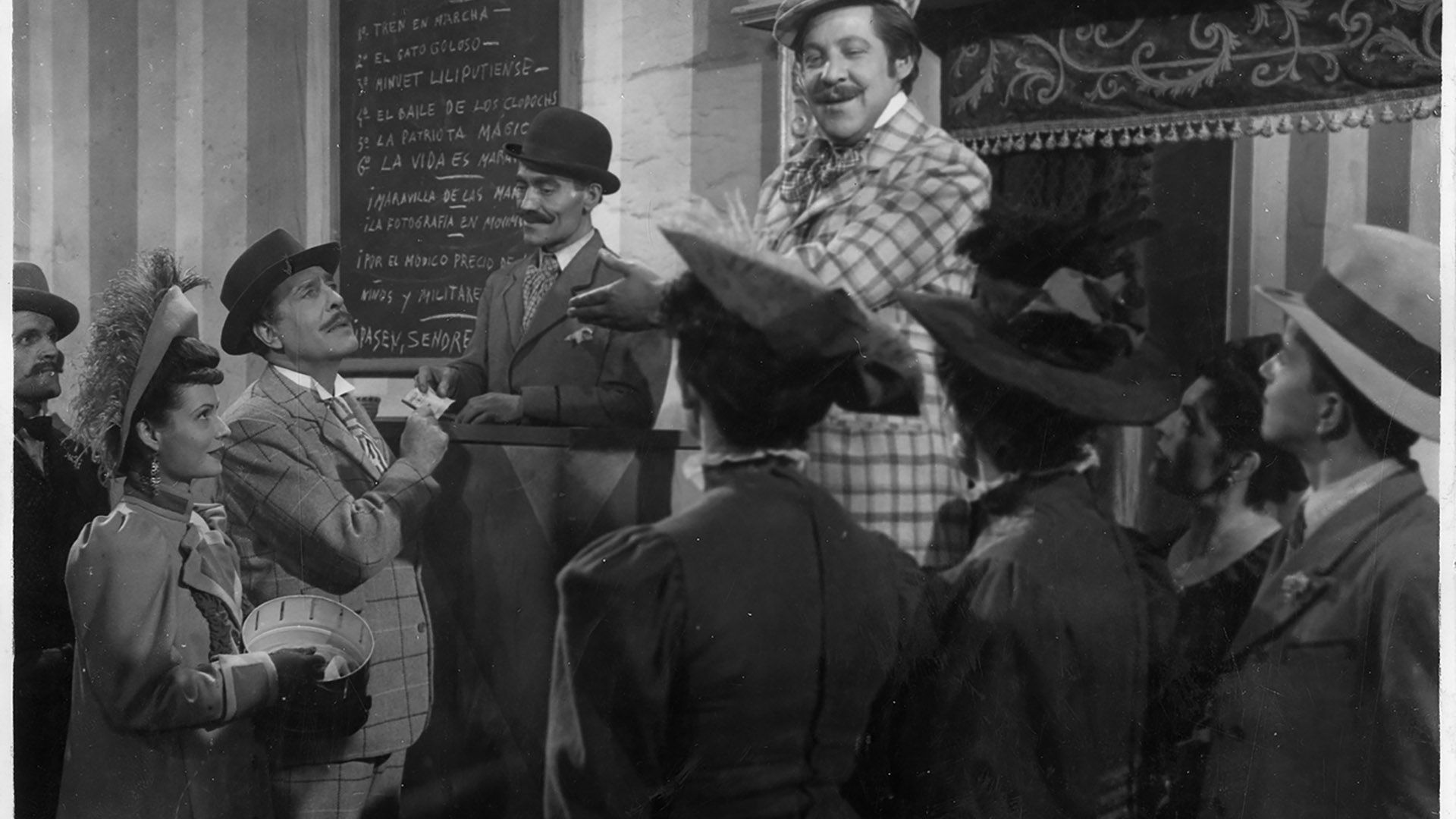Life in Shadows
An engaging portrait of a man in love with the cinema. A brilliant cult film persecuted by censorship.
Carlos is a young man who has been fixated on cinema since childhood. Now married to Ana, he turns his hobby into a living as a photojournalist. But when the Spanish Civil War begins, something happens that changes him forever.
“Life in Shadows” is a portrait of a man born in the shadow of the Lumière brothers and revived by Alfred Hitchcock. A love letter to cinema, a monument to film overflowing with creativity, standing as an authentic testimony of its time and reflecting the country’s social and political evolution. A film made in the margins of the industry, massacred by censorship, cut and re-edited several times, which made it a cult classic.
A forgotten film that regained its glory in the 80s, with a re-release rescuing a few unique 16mm copies. In 2008, the restored copy was screened at the Venice Film Festival. Its catalogue stated: “an exception in the Spanish film scene. It does not follow the official precepts of national cinema of the 40s and is a product of passion, not commercial interest.”
Javier Garcia Puerto

Lorenzo Llobet Gracia (1911-1976) was a Catalan filmmaker whose singular cinematic legacy has earned him recognition as one of Spain’s most distinctive auteurs. He developed an early passion for cinema, receiving a Pathé-Baby camera from his father at age 17 and producing his first short film, “Un terrat” (1928). He co-founded the amateur film club Amics del Cinema de Sabadell in 1935, which played a pivotal role in his artistic development. His only feature film, “Vida en sombras” (“Life in Shadows,”) was released in 1949. His contributions to amateur and avant-garde cinema have left an indelible mark on the Spanish film landscape.
Filmography:
Vida en sombras (Life in Shadows, 1949)
Presented by







